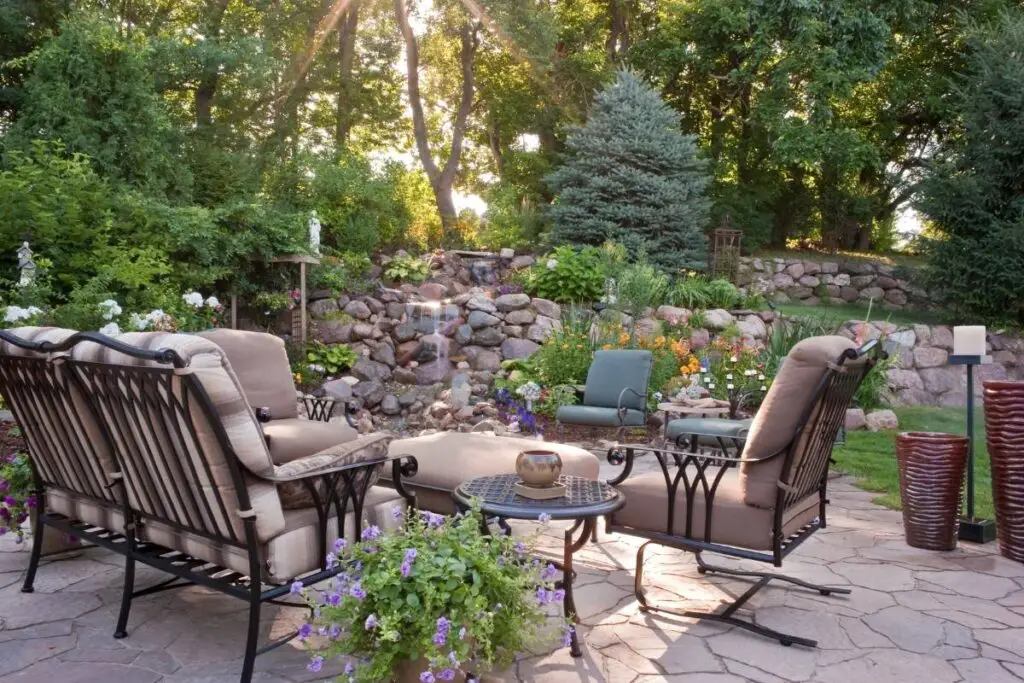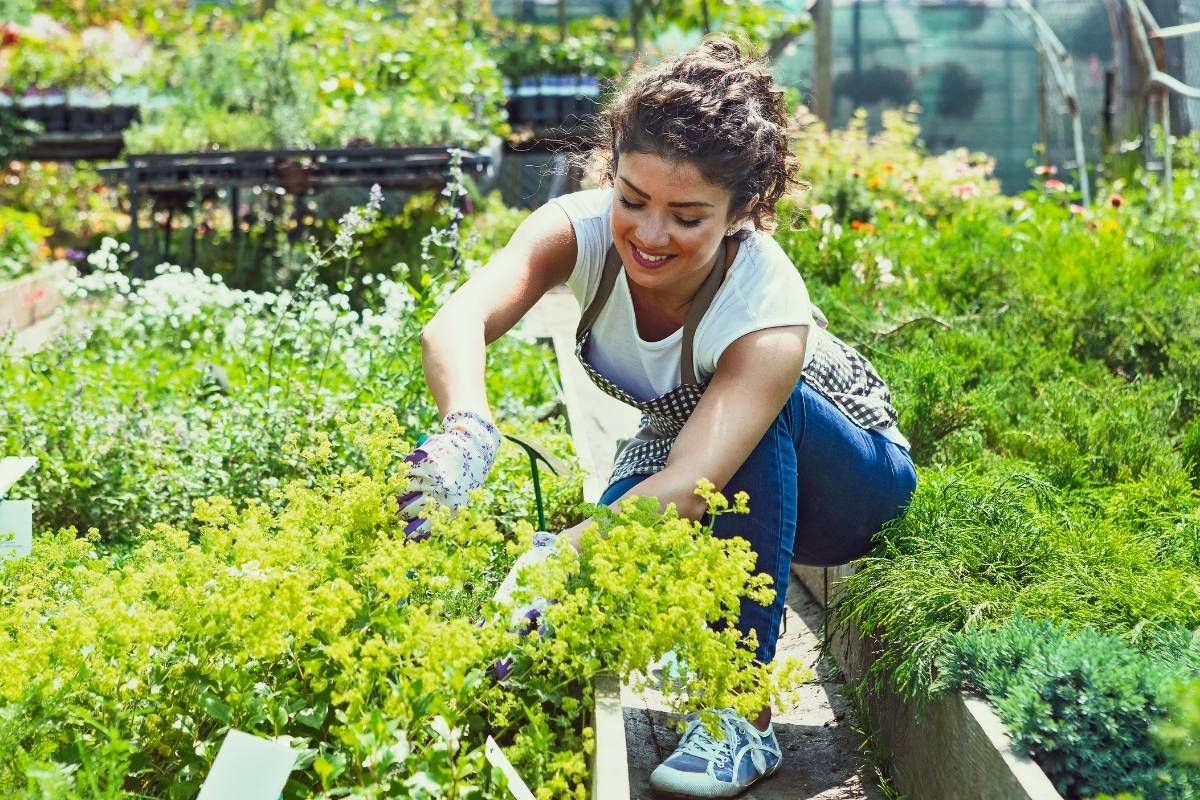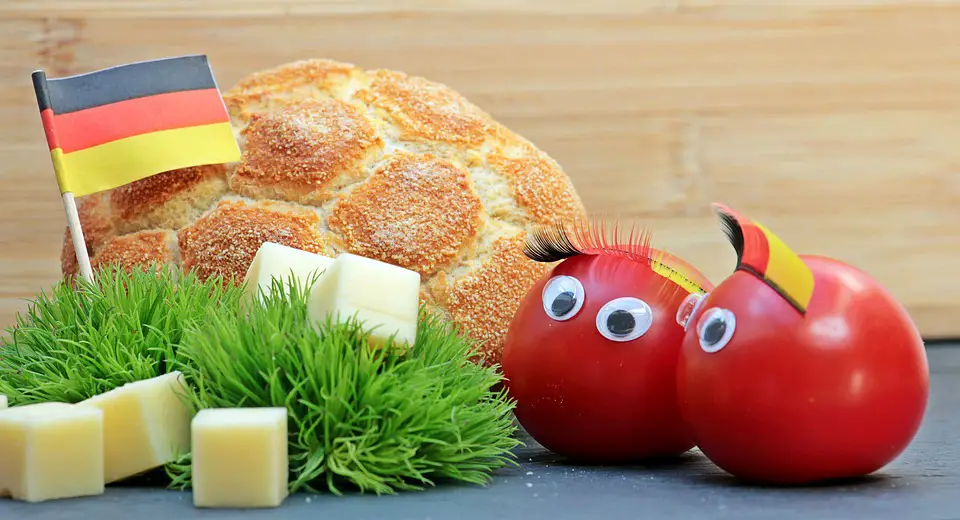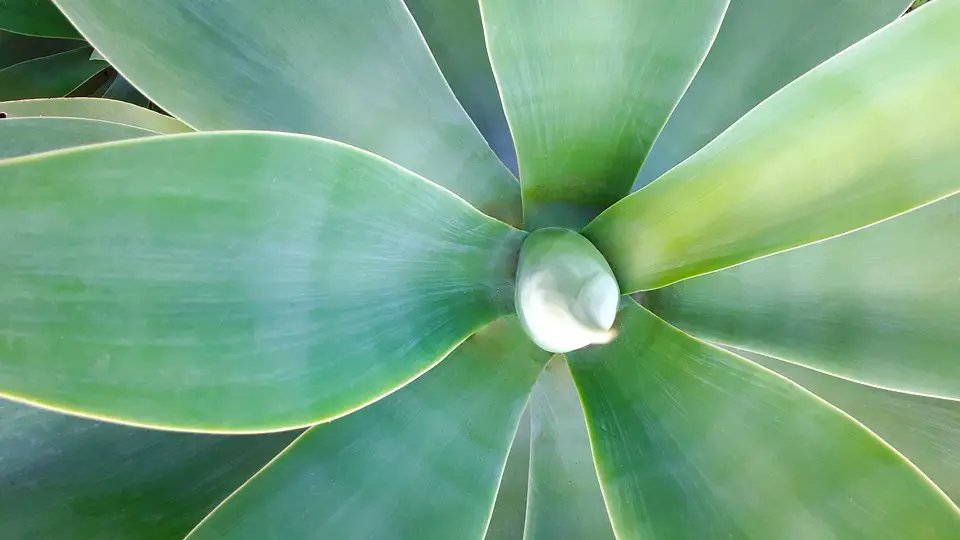When you are thinking of starting a garden you’ll need to consider getting the ground ready, the layout and the types of plants that you want to have in the garden.
It is important to know when the right time for planting is, and how to plant so that your crops have the best chance of growing.
Read this blog post on “when should I start my garden” if you want some advice on what will work best.
For many gardeners, the best time to start a garden is in late winter or early spring. This gives them plenty of time to plan and get their plants started before the heat of summer hits. It also allows for a chance to harvest some vegetables during the cool autumn months.
Starting a garden
When you are thinking of starting a garden, it’s important to consider the best time to start.
The steps for when to start a garden can vary depending on where you live.
But there are some general guidelines that apply all over the world.
If you want your garden in full bloom by summer, then timing is crucial and will depend on where you live in relation to your climate zone.
Spring is usually the ideal time for planting because this gives plants enough time before cold weather sets in so they can establish roots and grow strong.
Planting in springtime will provide your plants with plenty of sunshine during their growing season which lasts from spring through fall (winter crops do require some special attention).
Another option is winter gardening which allows gardeners more latitude with plants that may not do well in really hot weather.
If you garden at this time of year, gardeners can take advantage of the cooler temperatures and shorter days to plant hardy varieties that won’t grow too quickly or mature too early.
[amazon box=”1591865336,1465477004,1954937105″ grid=”3″]
Getting the ground ready before is important when starting a garden
One of the most important activities that you’ll need to undertake when starting your garden is getting the ground ready.
This may involve digging, adding drainage or adding materials ( such as compost ) to the soil to improve the conditions, making it suitable for your plants.
You’ll need to consider how you are going to garden, what type of garden you intend on growing and whether the ground has been in use by anything previously.
Garden layout and planning is important
One of the most important activities when starting your garden is planning.
You’ll want to decide how much space you have available for your plants and also which way the garden faces.
In the northern hemisphere, a south facing garden will get lots of sun and natural light during the summer months, making it suitable for a wide range of plants.
Adding some shade will help you to create areas for plants that are less tolerant of direct sun, such as hostas and other shade loving plants.
If you are starting out from a blank canvas and designing your garden then you might want to include a pond, greenhouse, shed, patio or other outdoor feature in your plans.
Choose plants to suit your garden
When you are starting your garden, it’s important to consider the kind of garden that you will be growing.
For example if you have a small garden space then raised beds may give you more room for planting without taking up any extra land or moving existing features.
You can grow a range of plants in raised beds or pots such as herbs, fruit or vegetables.
If you are keen on growing flowers then garden beds make it easier to grow a wider variety of plants that will provide garden colour at different times during the year.
Raised garden beds also help when it comes to weeding as this can be done from a standing position and they are generally easier to maintain – you can even add automatic watering systems to help to keep the plants in good health.
Your garden may include vegetable plants such as tomatoes, peppers, potatoes and lettuce as well as fruiting plants such as strawberries, blueberries or grapes.
The choice of plants is wide and varied and often the only restrictions that you are likely to face will be climate related as not all plants will be suitable for your area.
That said, many modern varieties of plants are hardy and have been developed for a range of conditions.
Make your garden a place to relax and enjoy
The garden can be a perfect place to relax and enjoy the outdoors.
You can really let your imagination run wild if you want to and could include a range of features depending on your budget and garden size.
Ideas could include:
A patio area or decking which could be used for parties, dining, enjoying drinks and for sitting out in the sun.
A barbecue area where you can setup the grill and cook outdoors.
A garden shed where you can store garden equipment, tools, toys or games.
This could also be used as an office or even a summer house if you wanted to.
An area for ponds and water features which is calming and soothing for plants and people alike.
A greenhouse which can provide garden vegetables all year round by growing them under cover.
Many people install hot tubs and a wide range of inflatable hot tubs are now available for easy installation and use.

Final Words
A garden is a wonderful way to get outside, enjoy fresh air, and work with your hands.
It can also be an excellent investment for the future as it will provide you with beautiful flowers or vegetables year after year.
When should I start my first garden? That’s up to you.
Some people have had gardens in their backyard since they were children while others only decide when they are ready that now is the time to invest some sweat equity into something new.
The important thing is that once you make this decision, plan wisely so that every aspect of what you want from your garden space (ease of maintenance, amount of sun exposure, leisure areas etc) meets your needs and those of your plants.
Read Next
How to prepare your soil for planting






